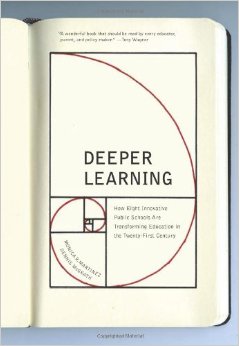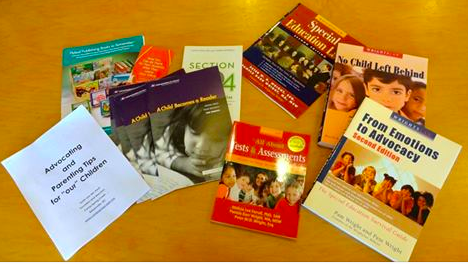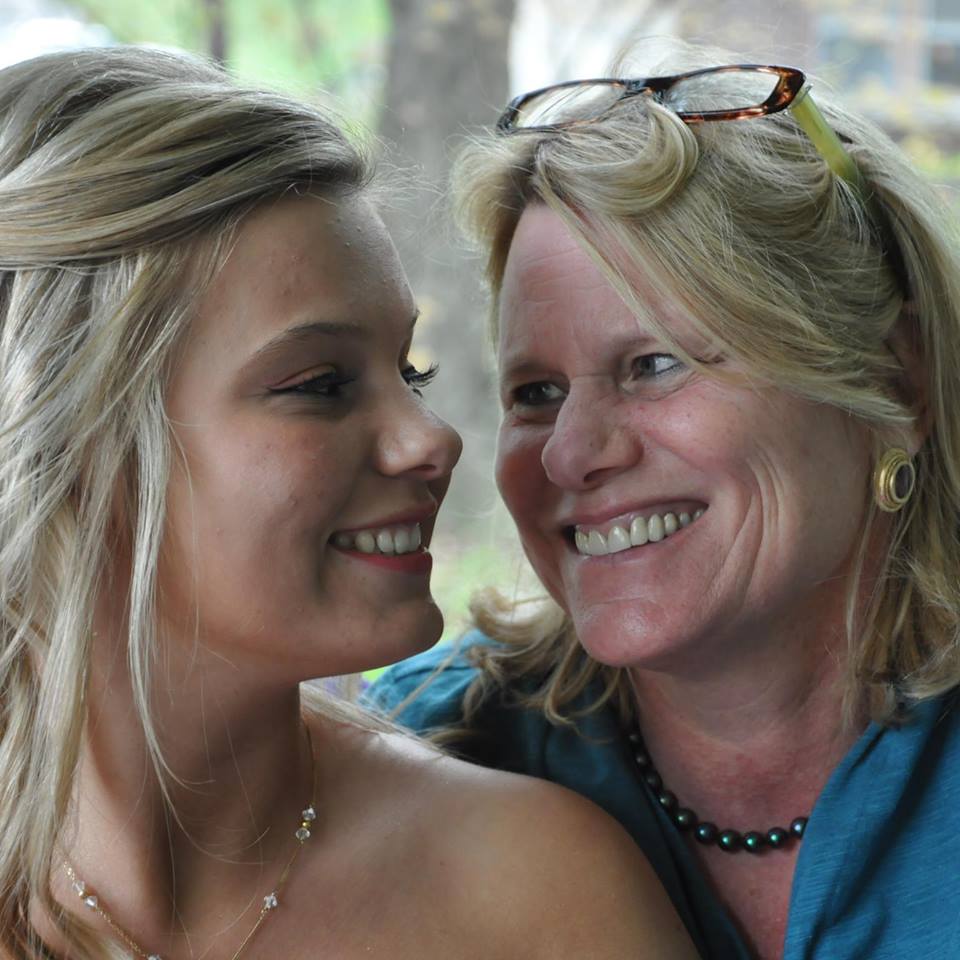We recently came across the text for “Teaching Kids to Read” by Ted Hirsch and were moved to share an excerpt with our readers. In depth, passionate, and precise, this essay offers the former principal of South Shore Charter School’s insights after many years as a teacher, administrator, and advocate for all kinds of learning in Massachusetts. Diagnosed with dyslexia, Hirsh appears to have had a particular interest in formulating a curriculum at his school that worked for children of all learning styles and abilities.
Here’s an excerpt from Hirsch’s chapter called “Benchmarks,” which we found unique and specific:
There are well-documented statistics showing huge discrepancies in the amount of time students spend reading. The publicly stated goal of having every child be an independent reader by the end of third grade is any elementary school’s most important job. Without this independence, children will not read enough to acquire the vocabulary necessary for sophisticated discourse. Listed below are a set of benchmarks children need to meet to attain reading independence by the end of third grade.
Kindergarten
To be able to auditorily blend and segment three-sound words and nonsense syllables. To know the sound/symbol correspondences for the five short vowels.
To know the sound/symbol correspondences for all single letter consonants except for “q” and “y.”
First Grade
To be able to auditorily blend and segment two- and three-syllable words and nonsense syllables.
To correctly hear and transcribe all of the basic code.
To know the sound/symbol correspondences for all digraphs.
To know the sound/symbol correspondences for e-controlled vowels. To correctly form all twenty-six letters.
To be able to read books of the level of the Little Bear series.
Second Grade
To be able to auditorily blend and segment a seven-word sentence.
To be able to distinguish all the phonemes of English and make correct transcriptions. To take dictation of any material from the basic code and punctuate it accurately.
To know the rules for the soft “c” and soft “g.”
To know the rule of doubling the consonant after the short vowels when adding suffixes. To spell regular past tense verbs.
To read aloud fluently and for understanding, making pauses and voice modulations which demonstrate the understanding of punctuation.
To be able to sub-vocalize when reading.
To be able to read books at the level of Tales That Julia Tells.
Third Grade
To understand and use the combinational and generative nature of words (root words, prefixes, suffixes).
To take dictation of seven-word sentences (with words from the truly English layer of the language, thus excluding words of Latin and Greek or other foreign language derivation that do not take on typical English endings).
To be able to read books like Stuart Little by E. B. White or Ramona by Beverly Cleary. To read text orally, with the rhythm of speech.
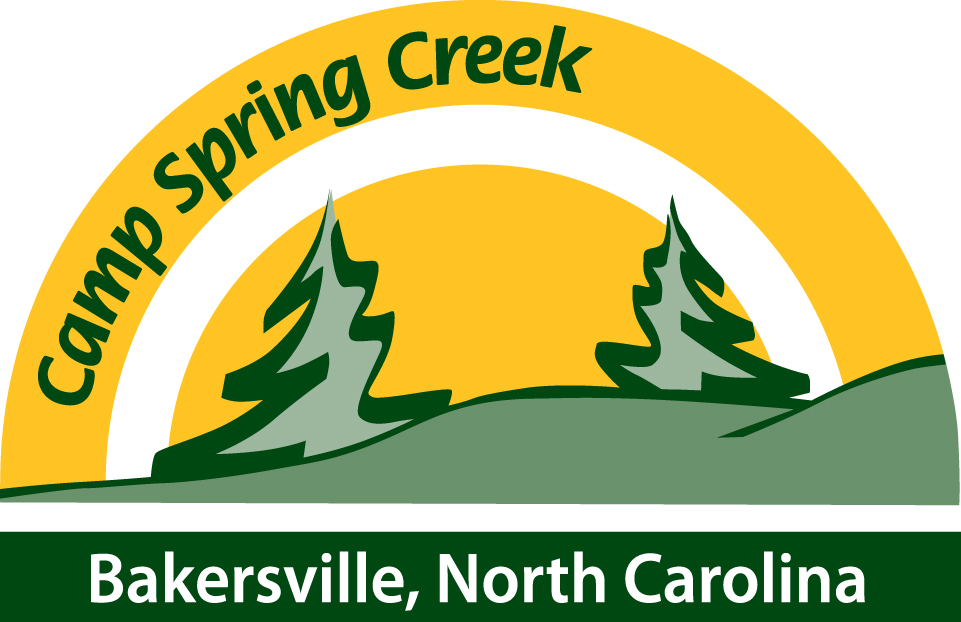










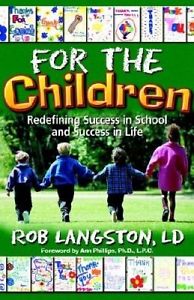 Today's book rec comes from Susie, who suggests that the beginning of the school year is always a great time to review your goals to work as a team with you child's teachers, school administrators, or IEP team members. There can be many barriers, but there can also be many successes. Clear communication, goals, and expectataions along with a positive outlook are keys to success. After all, everyone has the same goal: to get your child the best educational opportunities possible.
To that end Rob Langston's For the Children: Redefining Success in School and Success in Life is worth taking a look at. With so many messages from schools, from home, from media, and from research, and from society in general, sometimes it's hard to know "how to be." The author's Amazon page notes, "In this book I tell you about my struggles and accomplishments as a child and an adult with Dyslexia, with the hope that it will give you the strength and encouragement to help yourself or a loved one. I strongly urge you to read this book and apply it to your life. Don't ever give up on your dreams and always believe in yourself." Read more
Today's book rec comes from Susie, who suggests that the beginning of the school year is always a great time to review your goals to work as a team with you child's teachers, school administrators, or IEP team members. There can be many barriers, but there can also be many successes. Clear communication, goals, and expectataions along with a positive outlook are keys to success. After all, everyone has the same goal: to get your child the best educational opportunities possible.
To that end Rob Langston's For the Children: Redefining Success in School and Success in Life is worth taking a look at. With so many messages from schools, from home, from media, and from research, and from society in general, sometimes it's hard to know "how to be." The author's Amazon page notes, "In this book I tell you about my struggles and accomplishments as a child and an adult with Dyslexia, with the hope that it will give you the strength and encouragement to help yourself or a loved one. I strongly urge you to read this book and apply it to your life. Don't ever give up on your dreams and always believe in yourself." Read more 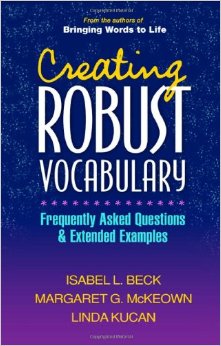 rams. First,
rams. First, 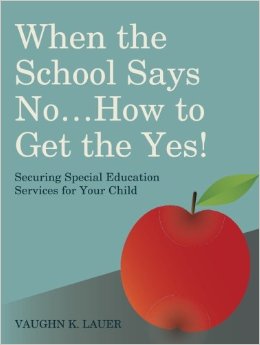 We're so excited about this new book rec find! From the Amazon book page:
"When planning a child's Individualized Education Program (IEP), it is vital that parents and educators are involved in collaborative decision making. This book offers parents of children with autism and other disabilities a unique way of approaching and tackling the problems that can arise relating to the provision of special education services. Taking a structured, cooperative approach to IEPs, the easily applicable six question process enables parents to determine the needs of their child and obtain the services required by asking key questions during IEP meetings. Explaining the approach through real life scenarios and issues, this book demonstrates how to achieve effective collaboration with school personnel, ensuring the child receives the appropriate and necessary educational program and services. Providing a practical, structured approach to IEP planning for parents and offering insight into the parental perspective for educators, this book is an invaluable resource for anyone involved in IEP meetings."
We're so excited about this new book rec find! From the Amazon book page:
"When planning a child's Individualized Education Program (IEP), it is vital that parents and educators are involved in collaborative decision making. This book offers parents of children with autism and other disabilities a unique way of approaching and tackling the problems that can arise relating to the provision of special education services. Taking a structured, cooperative approach to IEPs, the easily applicable six question process enables parents to determine the needs of their child and obtain the services required by asking key questions during IEP meetings. Explaining the approach through real life scenarios and issues, this book demonstrates how to achieve effective collaboration with school personnel, ensuring the child receives the appropriate and necessary educational program and services. Providing a practical, structured approach to IEP planning for parents and offering insight into the parental perspective for educators, this book is an invaluable resource for anyone involved in IEP meetings."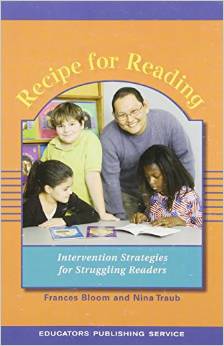 Now in it's third edition, Nina Traub's
Now in it's third edition, Nina Traub's  Today's book rec comes from Susie, whom you all know is a big believer in early intervention. While this book isn't designed specifically for children with dyslexia, it does detail accessible, easy-to-implement tips for basic reading and spelling skills that can compliment what your child experiences in school...and in some cases, may even help you identify early signs of dyslexia in your own child.
From
Today's book rec comes from Susie, whom you all know is a big believer in early intervention. While this book isn't designed specifically for children with dyslexia, it does detail accessible, easy-to-implement tips for basic reading and spelling skills that can compliment what your child experiences in school...and in some cases, may even help you identify early signs of dyslexia in your own child.
From 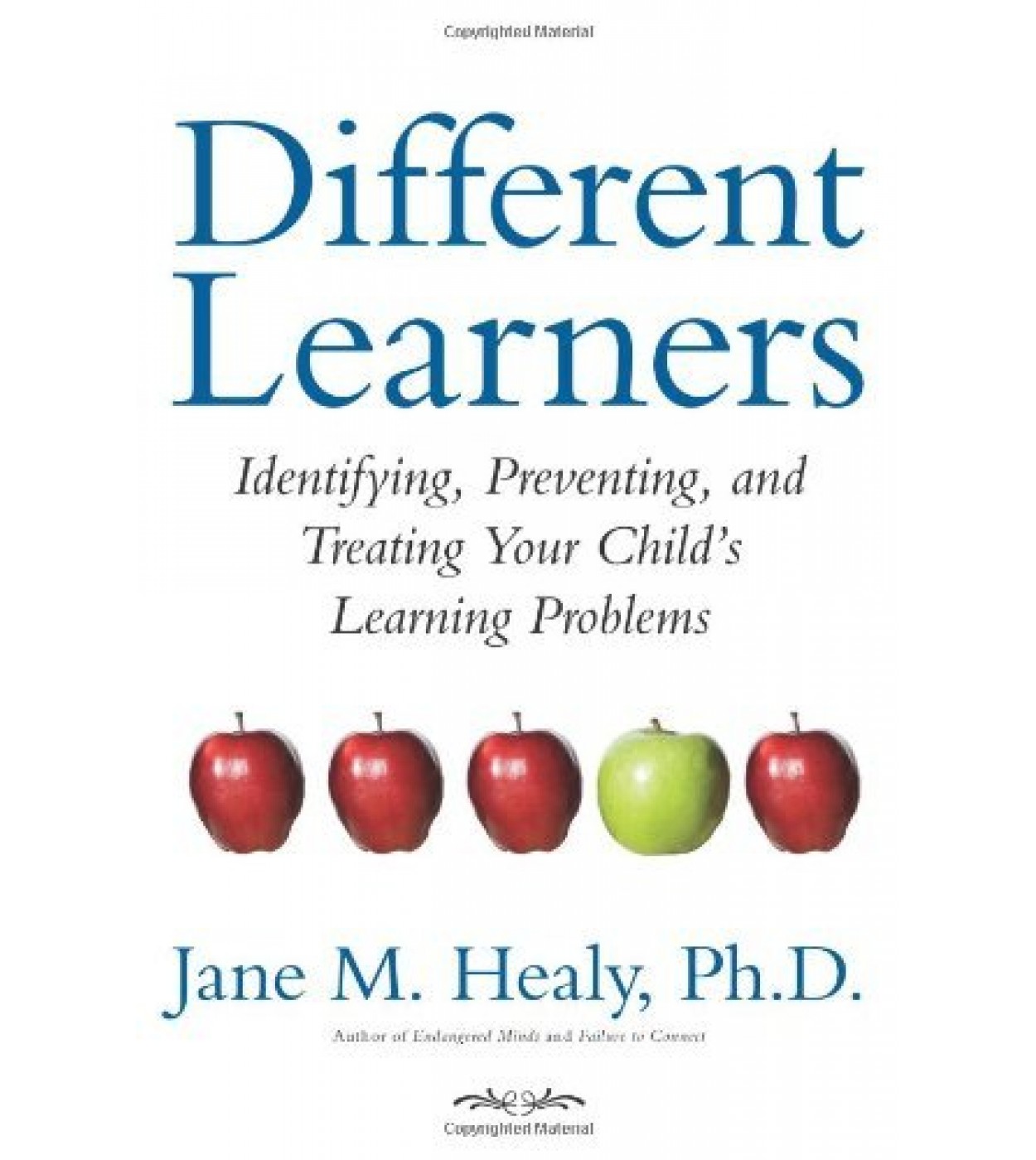 Part reference book, part testimonial, camp co-director Susie recommends the book
Part reference book, part testimonial, camp co-director Susie recommends the book 
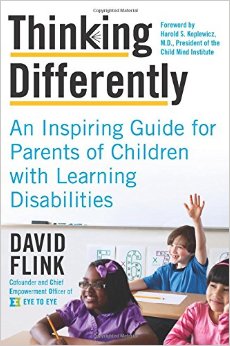
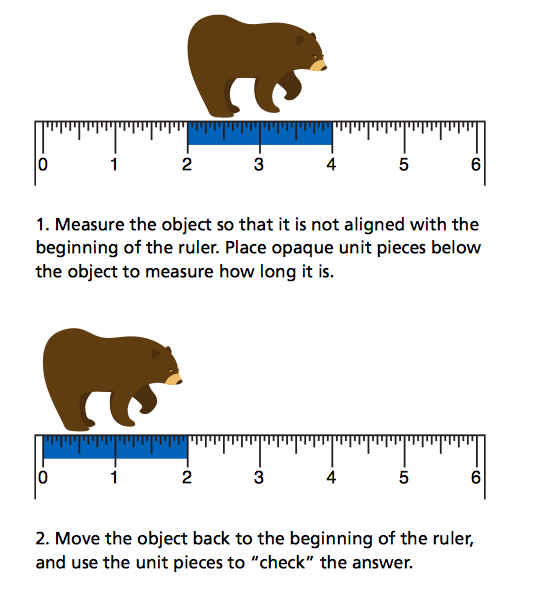
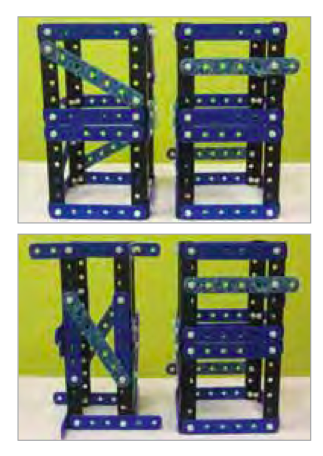 objects will appear directly below where they were released, even when they are dropped into a twisting tube with an exit point far away. But, when asked to visualize the path before responding, they do much better. Simply being asked to wait before answering does not help—visualization is key.
objects will appear directly below where they were released, even when they are dropped into a twisting tube with an exit point far away. But, when asked to visualize the path before responding, they do much better. Simply being asked to wait before answering does not help—visualization is key.
